Psoas syndrome and Physiotherapy management
- Psoas syndrome happens when the psoas muscle (a long muscle in the back) is injured. This condition causes back pain.
- Psoas syndrome is an uncommon and often misdiagnosed, condition that can appear as refractory lower back pain (pain that stays even after treatment) accompanied by other symptoms. The condition occurs when the psoas muscle—the long muscle (up to 16 inches) in your back—is injured.
- The psoas muscle is located in the lower lumbar region of the spine and extends through the pelvis to the femur. This muscle works by flexing the hip joint and lifting the upper leg towards the body. A common example of the movement created by this muscle is walking.
Anatomy related to Psoas syndrome

- The psoas muscles are made of both slow and fast-twitch muscle fibers. The fiber type composition of the psoas major muscle indicates its dynamic and postural functions, which supports the fact that it is the main flexor of the hip joint (dynamic function) and stabilizer of the lumbar spine, sacroiliac, and hip joints (postural function).
- The cranial part of the psoas major muscle has a primarily postural role, whereas the caudal part of the muscle has a dynamic role.
Origin
- It originates from the T12 and L1 to L4 vertebrae, The transverse processes of lumbar vertebrae L1 to L5.
Insertion
- inserts at the lesser trochanter of the femur
Nerve Supply
- Branches from the ventral rami of lumbar spinal nerves (L1, L2, and L3) before they join to form the lumbar plexus.
Function
- Flexion of the thigh at the hip
- Minimal action in lateral rotation and abduction of the thigh
- Stabilizes the lumbar spine, and maintains erect posture when working in reverse action
- Externally rotate the hip joint.
- Adduction of the hip…when the hip is already abducted or moved out to the side.
Causes of Psoas Syndrome
- Psoas syndrome may have no identifiable cause. Care should be taken in people who are immune-compromised (due to transplant, cancer, or infectious causes) to ensure that there is no infectious cause or associated myositis (weakness) in the psoas muscle that presents in a related fashion.
Symptoms of Psoas syndrome
- Lower back pain, is the most common symptom, although this can be symptomatic of many conditions
- Pain in the lumbosacral region (the border between the lower part of the spine and the buttocks that can radiate up to lumbar vertebrae or down to the sacrum) when sitting or particularly when changing positions arising from sitting to standing
- Difficulty/pain when trying to stand in a fully upright posture
- Pain in the buttocks
- Radiation of pain down the leg
- Groin pain
- Pelvic pain
- Limping or shuffling stride while walking
Diagnosis of Psoas syndrome
- mostly diagnosis based on the physical examination by the physiotherapist and by advanced radio-imaging technique.
Physiotherapy Management of Psoas Syndrome
- physiotherapy treatment will be focused on the
- To relieve pain
- To maintain and improve strength
- To improve gait pattern
- To improve functional mobility
- To enhance the activity of daily living
pain will be relived by modalities
- Ultrasound: Ultrasound is a therapeutic modality that generates ultrasound and causes deep heat, which provides micro-massage to soft tissue, increases flexibility, promotes healing of tissue as well improves localized blood supply to the area. and ultimately pain relief.
- TENS: transcutaneous electrical nerve stimulation is an electrical modality that provides pain relief by providing pain modulation.TENS closes the gate mechanism at the anterior grey horn in the spinal cord. also stimulates the endogenous opioid system which prevents the release of substance p at the anterior grey horn.
- transverse friction massage: transverse friction massage to the psoas will relax the muscle, improves blood circulation, and removes waste products.

- stretching will be done to release the tight muscle, caution will be taken over overstretching of the psoas muscle may hamper daily activities.
- passive as well as self-stretching will be beneficial to release tight muscle
- foam roller should also use to manipulate the psoas muscle.
- active exercise of the hip, knee and lumbar region will be beneficial to maintain mobility.
- gait training will be more beneficial to prevent re-occurrence and will help to achieve maximum mobility.
Psoas Muscle Strengthening Exercises:
- Lying single Leg Raises
- Lying Leg Raises
- Resistance Band Hip Flexor March
- Lying Banded Hip Flexion
- Stability Ball Passes
- One-Legged Plank Pose
- Hanging Leg Raises
- Hanging Leg Isometric Hold
- Hanging Leg Raises with Knees Bent.

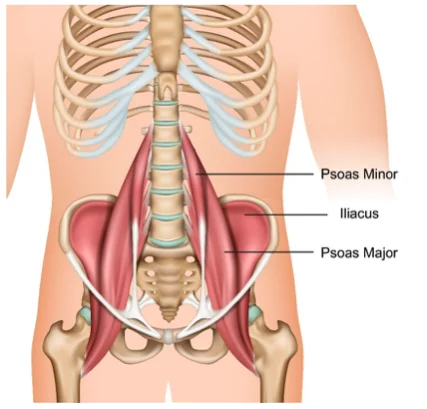

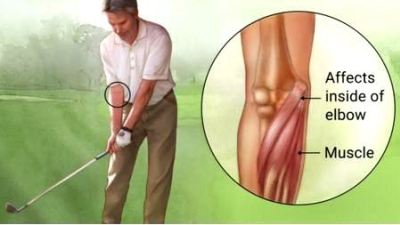
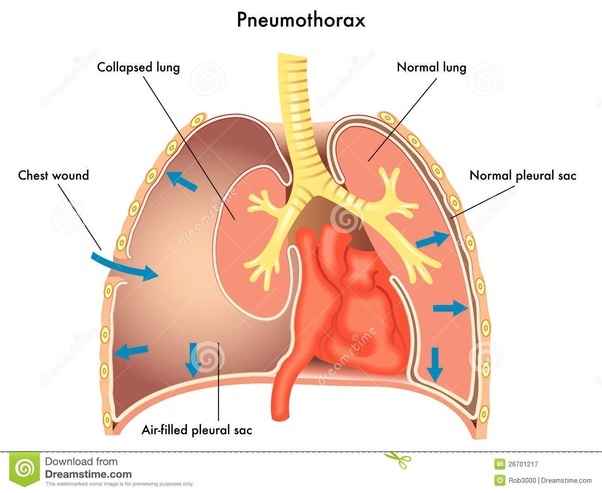
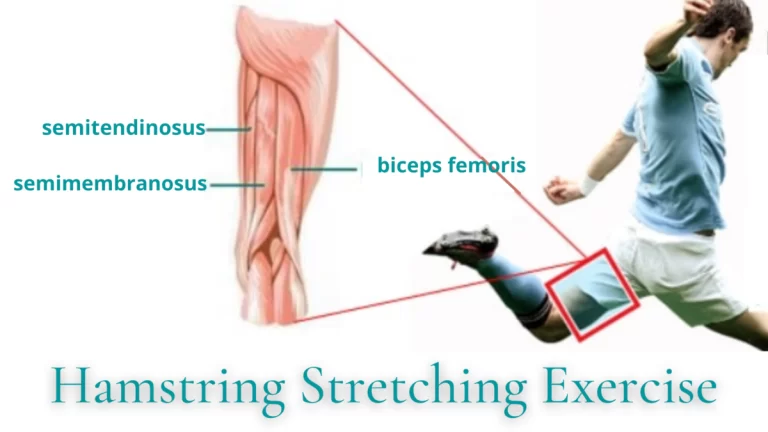



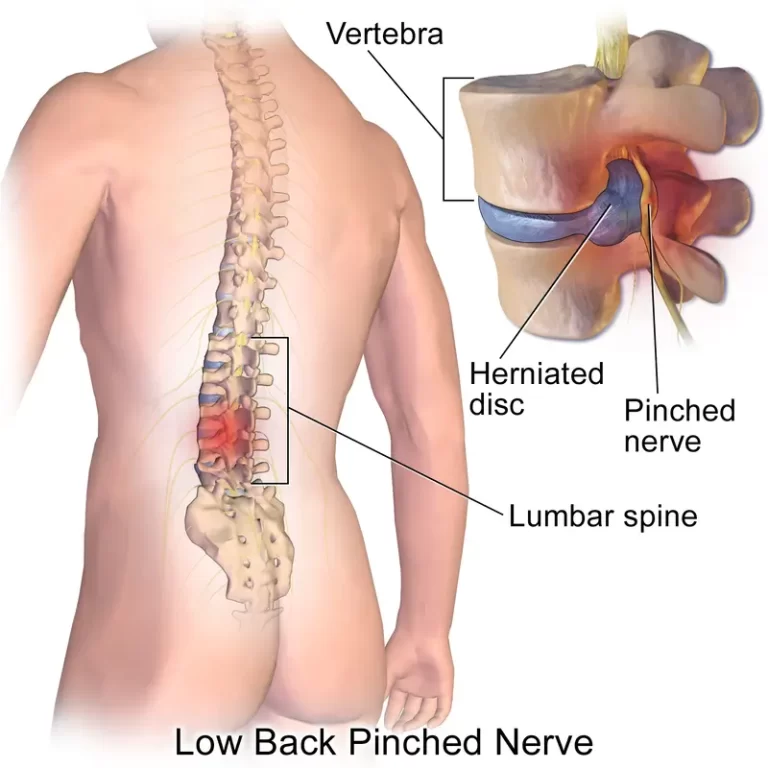
2 Comments